Picture it: It’s 1922, and you’re living in Germany. The economy is crumbling, and you’re constantly in a state of anxiety and despair because, well let’s face it, it’s the twenties.
You decide to make something of your depressing life and head down to the moving-picture theatre! You’ve heard murmurings about a so-called Symphony of Horror which both terrify and entice you.
As you sit down in the dank theatre in front of the screen, you’re greeted with the booming organ of the soundtrack, and the movie begins. Throughout the viewing, you’re thoroughly unnerved. There’s a certain aura to the film that leaves you on edge. And then you see it… the tall, bald, inhuman figure known as Count Orlock. His long finger-nailed hand reaches for Ellen, our female protagonist and he drains her of her blood.
Your little German heart stops dead in its tracks. Never in your life have you seen a creature like this. You’ve read plenty of horror novels, but those are just words on a page. It’s an entirely different feeling to see the monster right in front of you. As you leave the theatre, you’re completely traumatized. You make a solemn vow to never watch another horror film again.
Watching this film in 2025 is certainly a different experience than it would’ve been in 1922. The genre has changed so much in the past century. It has gone through so many phases and yet its core elements remain the same. There are so many tropes that I didn’t realize have been around since the beginning of the genre. For instance, this was the first on-screen instance of a vampire dying because of sunlight, a trope that would follow the creature eternally.
Even with its similarities and tropes, this film is nothing like the horror films of the modern-day. Over the last couple of decades, horror has gone from simple monsters lurking in the dark to people being butchered with chainsaws. The slaughterhouse revival was marked by films like Saw and The Devil’s Rejects. These films made people, fans and creators alike, realize that they could get away with a lot. It was a new century. We didn’t have to shudder over an exposed ankle anymore, and we certainly didn’t have to hold back on the violence.
Blood and guts are such a staple in horror that it’s hard for many to imagine the genre without it. While watching Nosferatu (1922), I had to wipe that lens entirely and become that little German boy in the theatre. I had to imagine I hadn’t seen the twenty gallons of fake blood used in Terrifier 3.
The story of Nosferatu is self-explanatory. It’s an unauthorized retelling of Bram Stoker’s iconic novel Dracula. The film has a very theatrical feel to it because of how new a craft film was. I will confess that it was hard for me to watch this film at first because of its age. But after the first few minutes, I adapted and enjoyed it.
Some of my highlights for the film were the lighting and composition. I thought they were pretty advanced for the time. I also loved the use of filters to add variety to the scenes. It was pretty basic color theory, but I found it impressive. Yellow was used for the daytime scenes while a ghostly blue was used for the evening scenes. My only issue with the film was the titling used in between scenes to further the exposition. The story is written in a muddy cursive font that is difficult to read in contrast to the simple font used for the dialogue.
Typically with old movies, I really struggle with the pacing. This wasn’t the case for Nosferatu. I felt like the soundtrack, cinematography, and overall aesthetic have aged the film well for modern audiences.
This past year, Robert Eggers (The VVitch) released his own adaptation that has received remarkable reviews from the press and general public. I’m looking forward to watching it when it’s released on streaming services in late January. If I know anything about Robert Eggers, his version will certainly be far more outwardly scary and promiscuous. However, there is no doubt in my mind that he will successfully capture the cinematic essence of the original both visually and tonally.

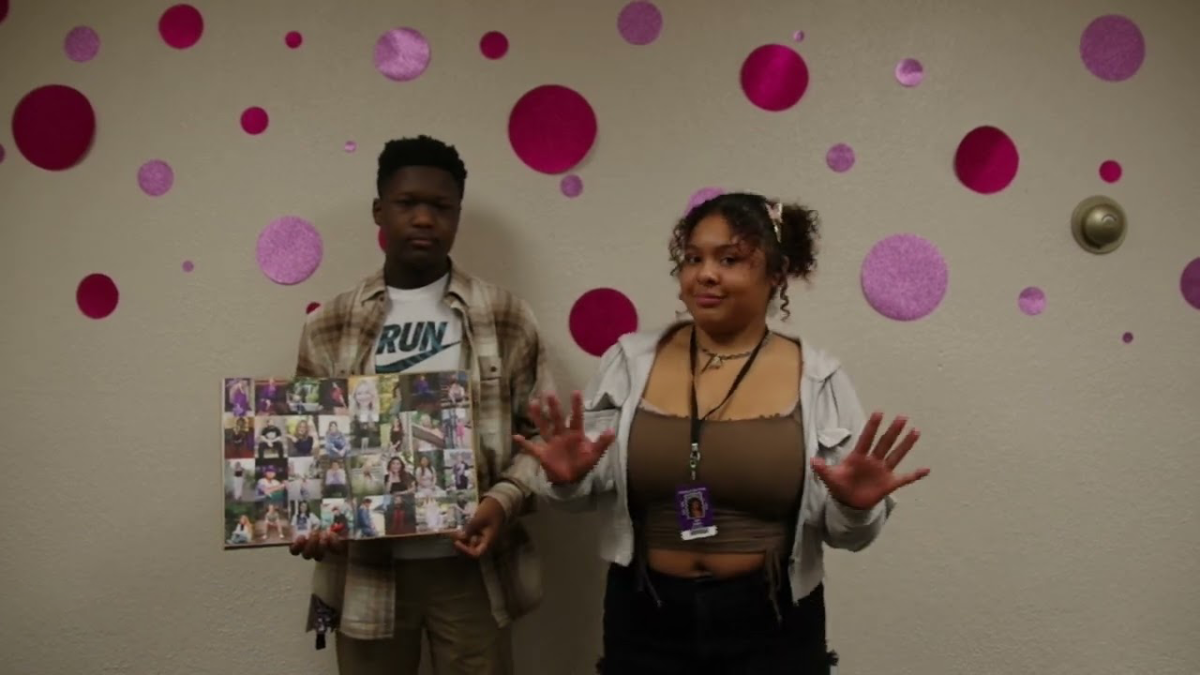


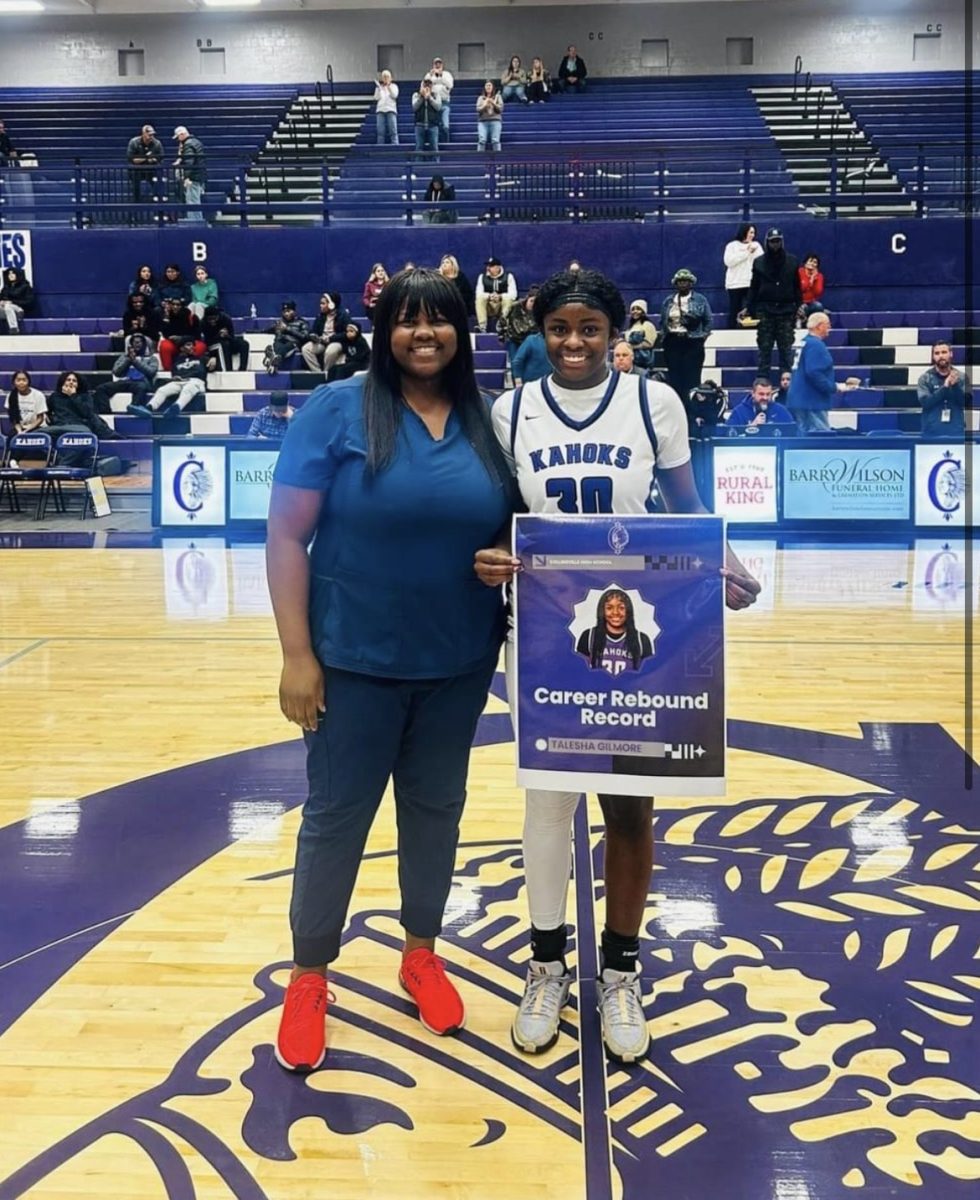
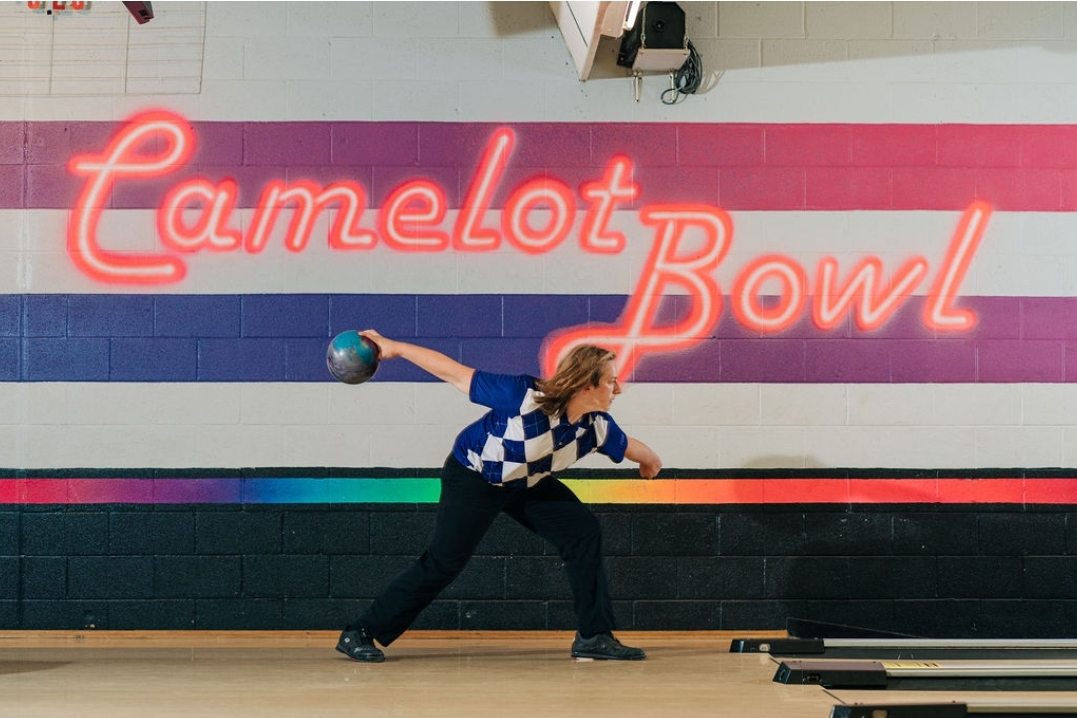

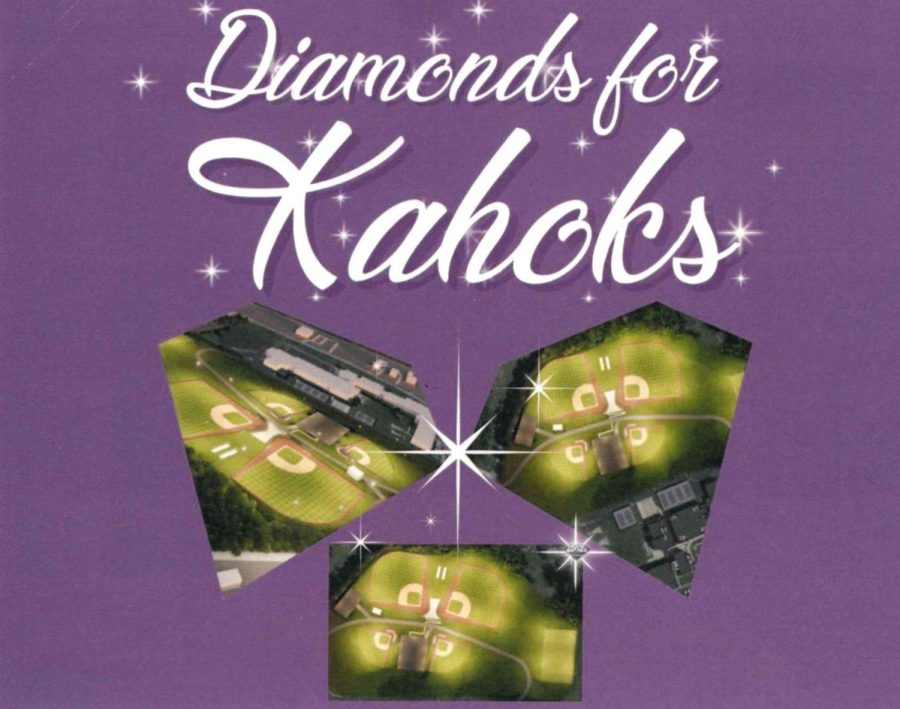
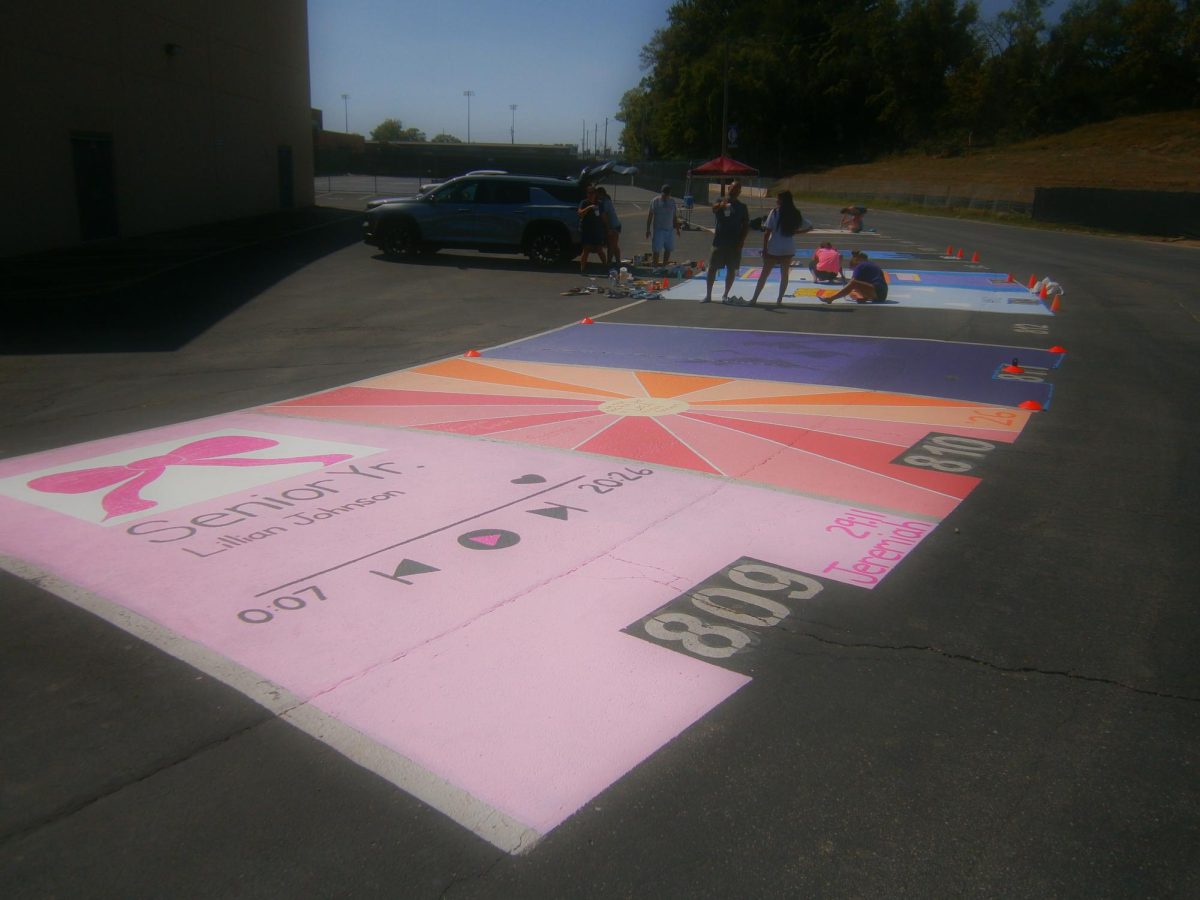
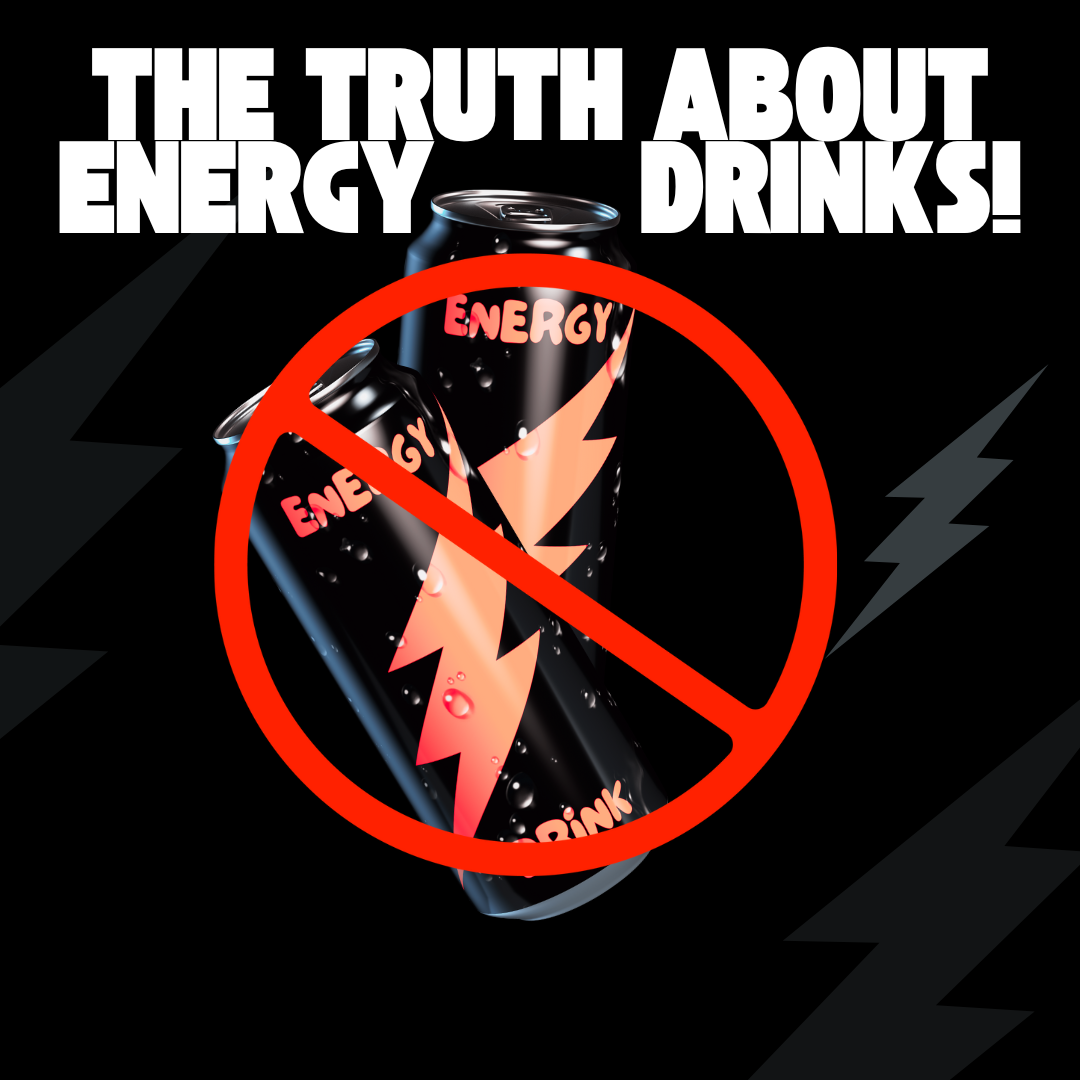



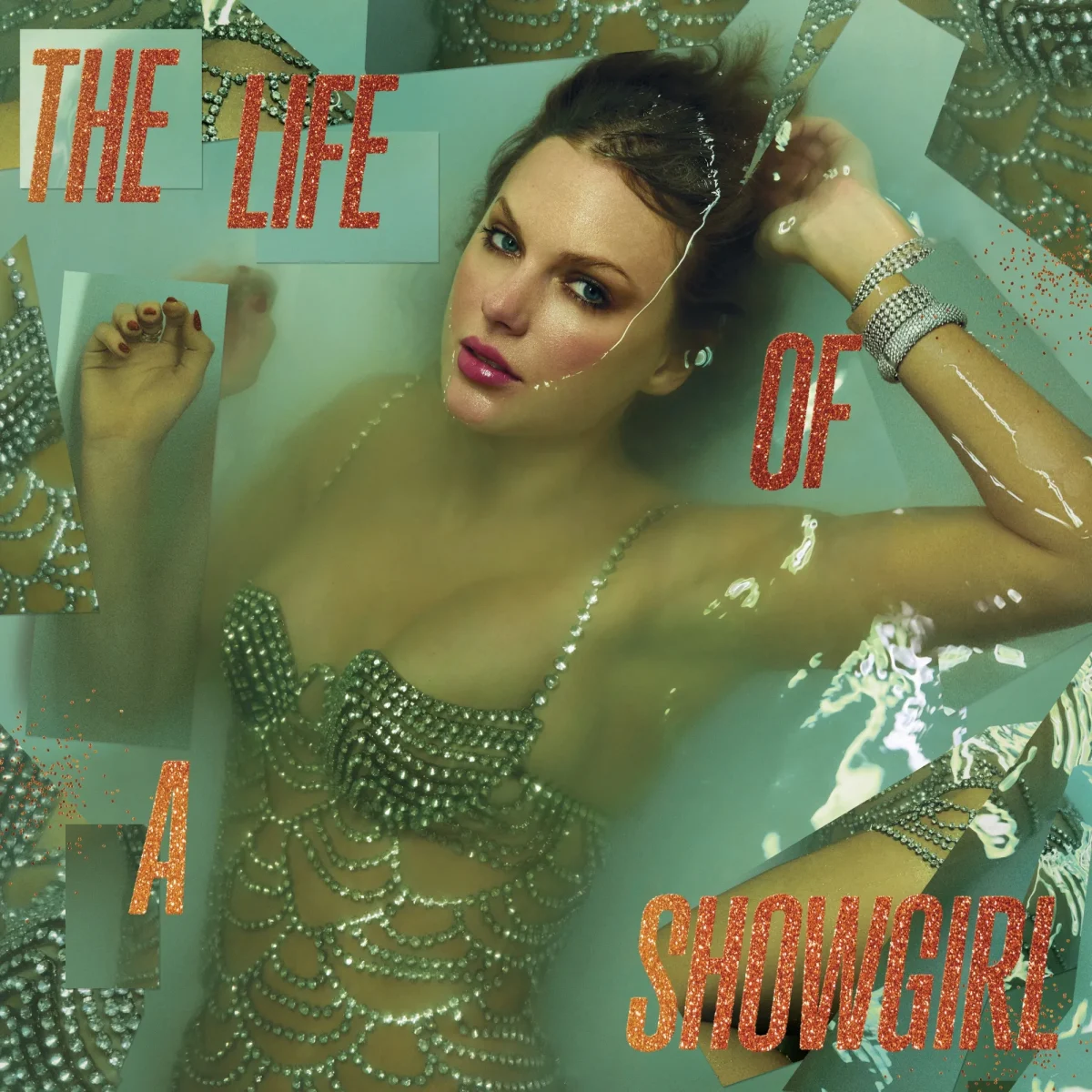

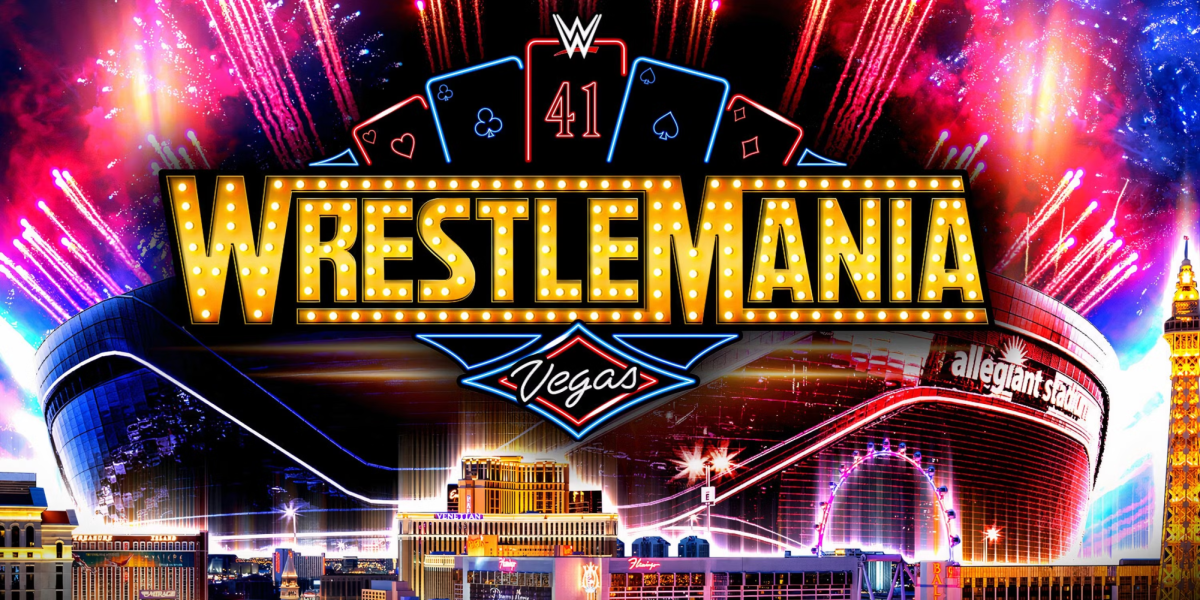

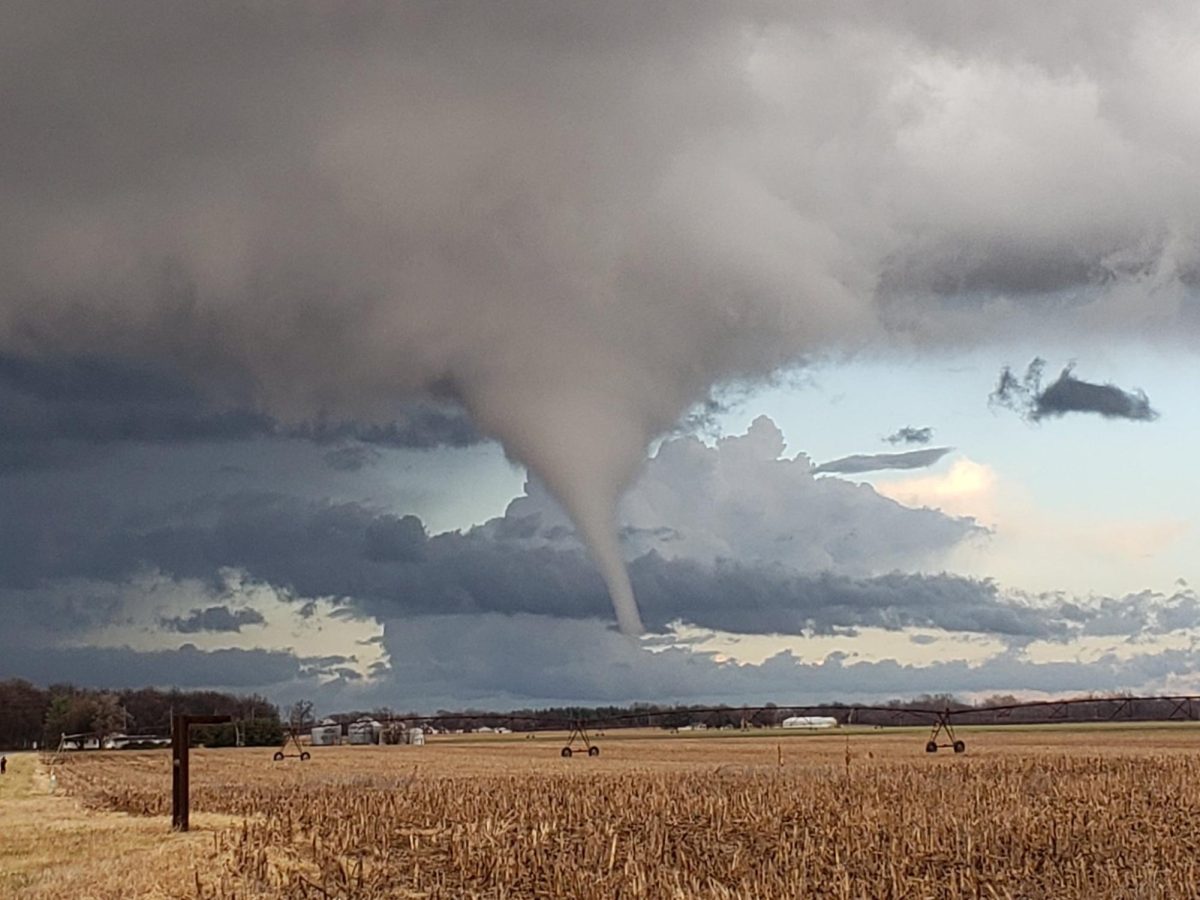
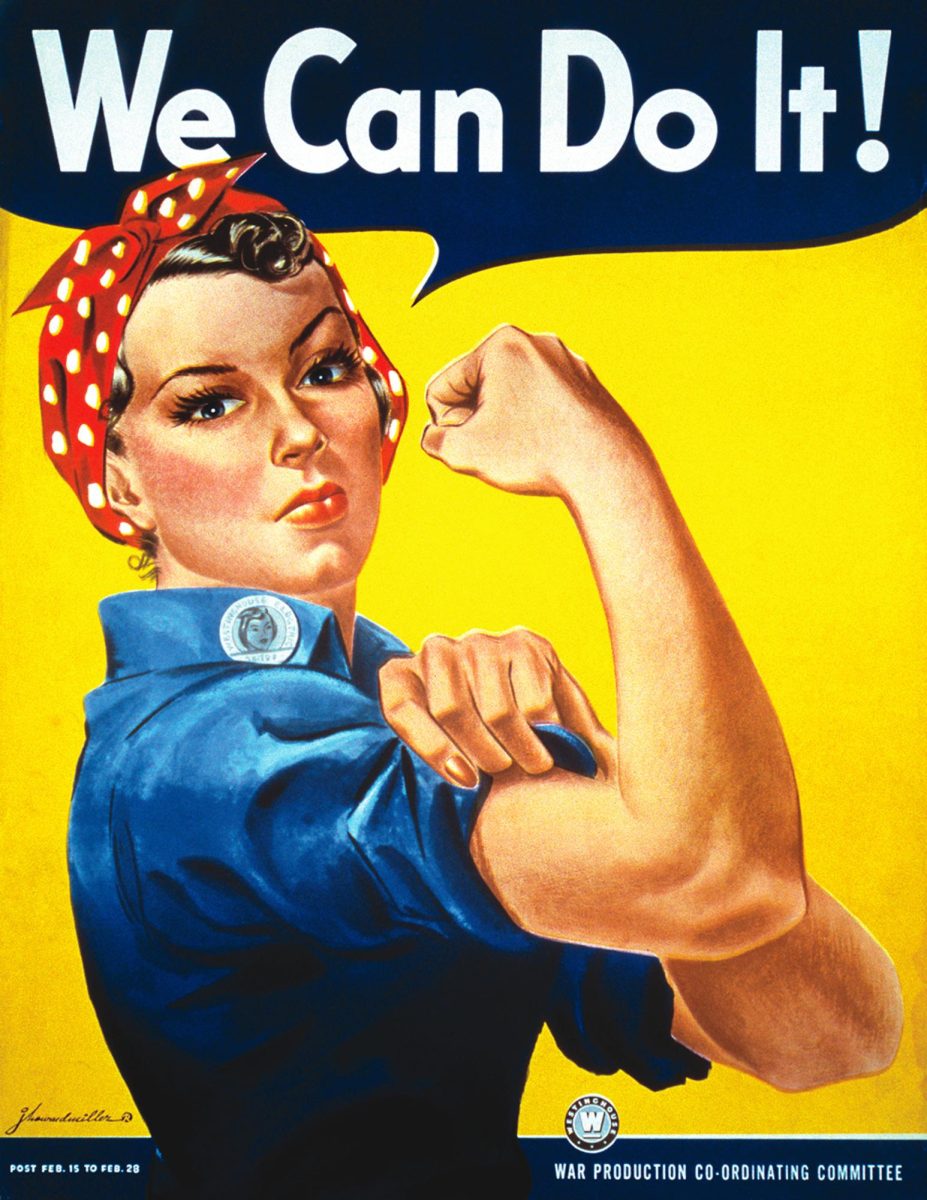
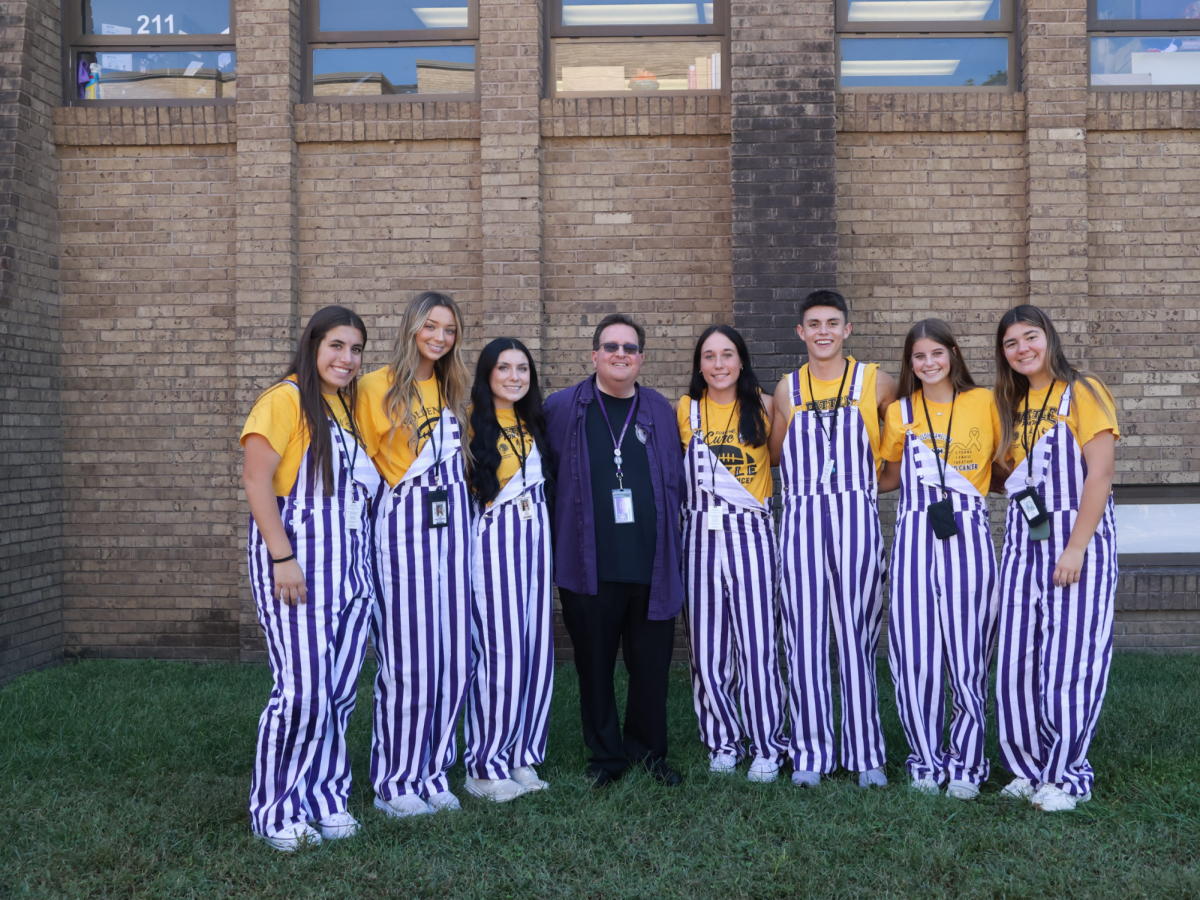



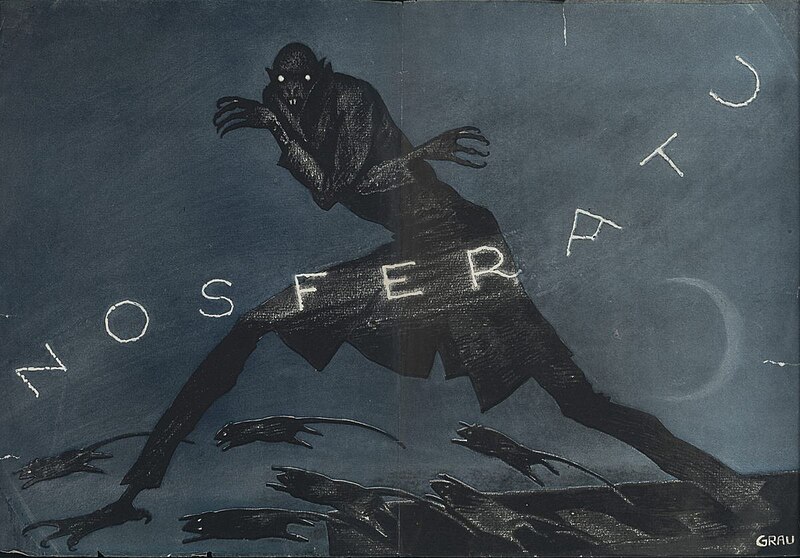
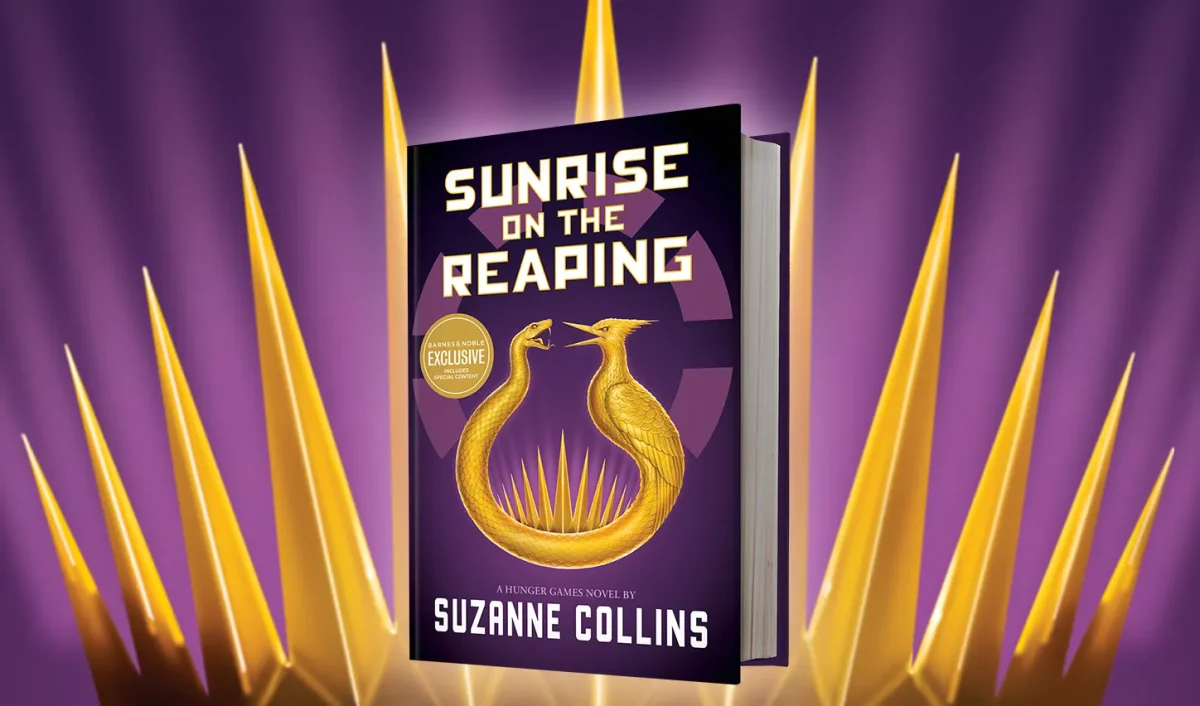
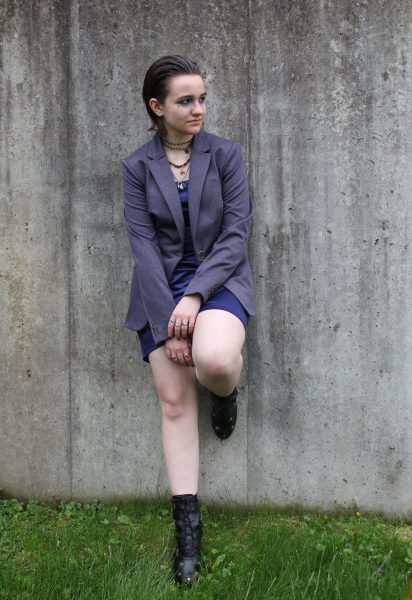
Mr. Oliver • Jan 29, 2025 at 2:13 pm The Kahoki Pick
Naomi – your writing about horror and cinema is truly oozing with passion, and love.
The OG Nosferatu is excellent. Shedding your feelings, and recalling the “little German boy” experiencing it is a huge part of it – it’s fascinating to see a genre we love in it’s artistic, bizarre roots.